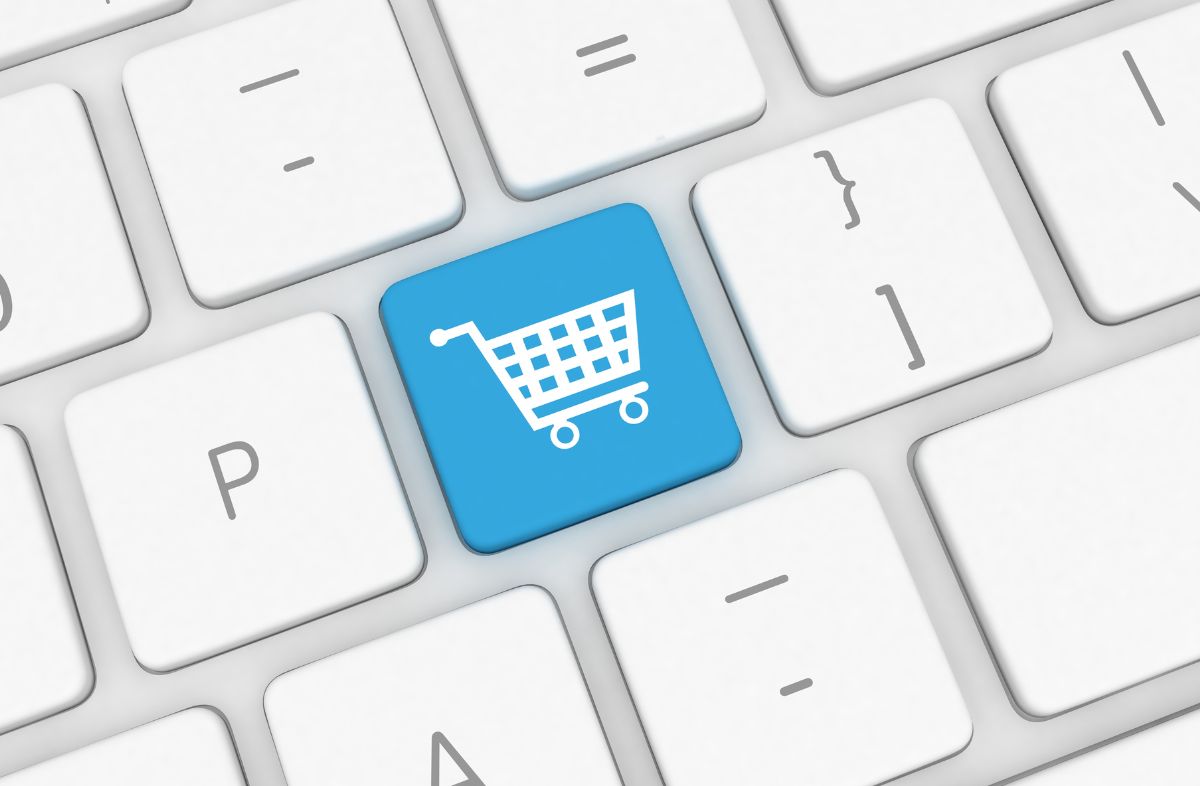Today’s eCommerce landscape is highly competitive. With more and more businesses competing to capture a larger share of the market, it is important to understand the best ways to increase sales. One of the most effective methods for doing so is to make data-driven decisions. The use of data-driven decisions is becoming increasingly important in the modern eCommerce world.
Businesses are using data to make more informed decisions, increase customer engagement, and drive more sales. Data-driven decisions can help businesses understand customer behavior, target new customers, and optimize the customer journey. In this article, we will discuss how businesses can use data-driven decisions to increase eCommerce sales. We will discuss the importance of data-driven decisions and how businesses can use this information to make better decisions and improve their online presence.
In the world of online business, having a deep understanding of your customers and their behavior is crucial in maximizing your sales. This is where ecommerce data analytics comes in. By utilizing vast amounts of data generated from your website and other sources, you can gain valuable insights into your customers and make data-driven decisions to improve your ecommerce strategy.
What is Data-Driven Decision-Making?
Data-driven decision-making is an approach to making decisions that relies on the analysis of data from multiple sources. This data can include customer demographics, purchase history, website traffic, website interactions, and more. It is a way of using data to make decisions that are informed by the evidence, rather than assumptions or intuition.
Data-driven decisions help businesses to make better decisions that are based on evidence rather than guesswork. They can also help to identify key trends, understand customer behavior, and optimize marketing campaigns. This can be especially beneficial for eCommerce businesses, as they need to make decisions that are informed by customer preferences and the changing market.
The Importance of Data-Driven Decisions
Data-driven decisions are becoming increasingly important for eCommerce businesses. Data-driven decisions help businesses make better decisions by allowing them to understand customer behavior, target new customers, and optimize the customer journey. By utilizing data-driven decisions, businesses are able to gain valuable insights into customer behavior, which can help them make more informed decisions. Additionally, data-driven decisions help businesses understand the customer journey, enabling them to optimize the customer experience and maximize sales.
Data-driven decisions also provide businesses with the ability to target new customers. By understanding customer behavior and preferences, businesses are able to target potential customers with personalized offers and messages. This helps businesses increase their reach and attract new customers. Furthermore, data-driven decisions allow businesses to gain insights into customer preferences and buying habits, enabling them to better tailor their products and services to meet customer needs.
Using Data-Driven Decisions to Increase eCommerce Sales
Data-driven decisions can be a powerful tool for increasing eCommerce sales. By understanding customer behavior and preferences, businesses can optimize their online presence and increase sales. Here are a few ways businesses can use data-driven decisions to increase eCommerce sales:
Understanding Your Customers
One of the most important aspects of e-Commerce data analytics is understanding your customers. By tracking their behavior on your website, you can learn about their preferences, buying habits, and pain points. This information can then be used to optimize your website and improve the customer experience, leading to increased conversions and sales.
Segmentation
Data-driven decisions enable businesses to segment customers based on their behavior and preferences. Segmenting customers helps businesses understand customer needs and target potential customers with personalized offers and messages. Additionally, segmenting customers allows businesses to better understand customer behavior and optimize their online presence to meet customer needs.
Personalize Messaging
Data-driven decisions can help businesses personalize their messaging to meet customer needs. By understanding customer behavior and preferences, businesses are able to create targeted messages that are tailored to customer needs. Additionally, businesses can use data-driven decisions to create dynamic content that is tailored to each customer. This helps businesses increase engagement and drive more sales.
Optimize Product Pages
Data-driven decisions can help businesses optimize product pages to meet customer needs and increase sales. By understanding customer behavior and preferences, businesses are able to create product pages that are tailored to customer needs. Additionally, businesses can use data-driven decisions to understand customer reviews and feedback, enabling them to improve the customer experience and increase sales.
Pricing
Data-driven decisions are also useful for eCommerce businesses when it comes to pricing. By leveraging data, businesses can optimize their pricing strategies to maximize profits. For example, businesses can use data to identify the best price points for their products and services, as well as identify the most effective promotions and discounts. Additionally, data-driven decisions can help businesses create dynamic pricing strategies that are tailored to their customers’ needs.
Marketing
Data-driven decisions are particularly useful for eCommerce businesses when it comes to marketing. By leveraging data, businesses can identify customer preferences and target their marketing efforts more effectively. Additionally, data-driven decisions can help businesses create more effective marketing campaigns that are tailored to their customers’ needs. By leveraging data, businesses can identify the best channels to reach their customers and optimize their campaigns for maximum effectiveness.
Data-driven decisions can also help businesses create better customer segmentation strategies. By segmenting customers, businesses can create more personalized marketing messages and campaigns that are tailored to their customers’ needs. Additionally, data-driven decisions can help businesses identify new customers and target them more effectively.
Test and Measure Results
Data-driven decisions can help businesses test and measure the effectiveness of their strategies. By using data-driven decisions, businesses are able to track the results of their strategies and make adjustments as needed. This helps businesses understand customer behavior and optimize their strategies to maximize sales.
Key Metrics to Track
To gain the most valuable insights from your ecommerce data, it is essential to track the right metrics. Some key metrics to track include:
- Website traffic and sources
- Conversion rates
- Average order value
- Customer lifetime value
- Cart abandonment rate
Utilizing Customer Data
Once you have a deep understanding of your customers and the metrics that matter most to your business, you can start to utilize this data to make informed decisions. For example, you may use this data to:
- Personalize the customer experience by showing them products and content that align with their interests
- Optimize your website’s layout and navigation to improve the customer journey and increase conversions
- Offer targeted promotions and discounts to specific customer segments
- Improve your product offerings by identifying popular and profitable products
Visualizing Data for Better Understanding
Visualizing data allows businesses to make sense of large amounts of data quickly and easily. It also makes it easier to see trends and correlations between data points. Visualizing data can help businesses identify areas of opportunity, such as new markets, products, or services. It can also help them identify areas of weakness, such as customer service issues or inefficient processes.
Data visualization tools such as charts, graphs, and heat maps can help businesses explore and understand their data in more detail. They can also be used to communicate data insights to teams and stakeholders in an easy-to-understand manner. Dashboards are a great way to present data in an organized and digestible way, allowing businesses to monitor performance and take action when necessary.
How Cluster Can Help
Cluster tracks pricing and promotions across sales channels to present high-demand and relevant items, help understand if a product is in high demand given its category and see how or why your share is shifting. Book a demo now.





